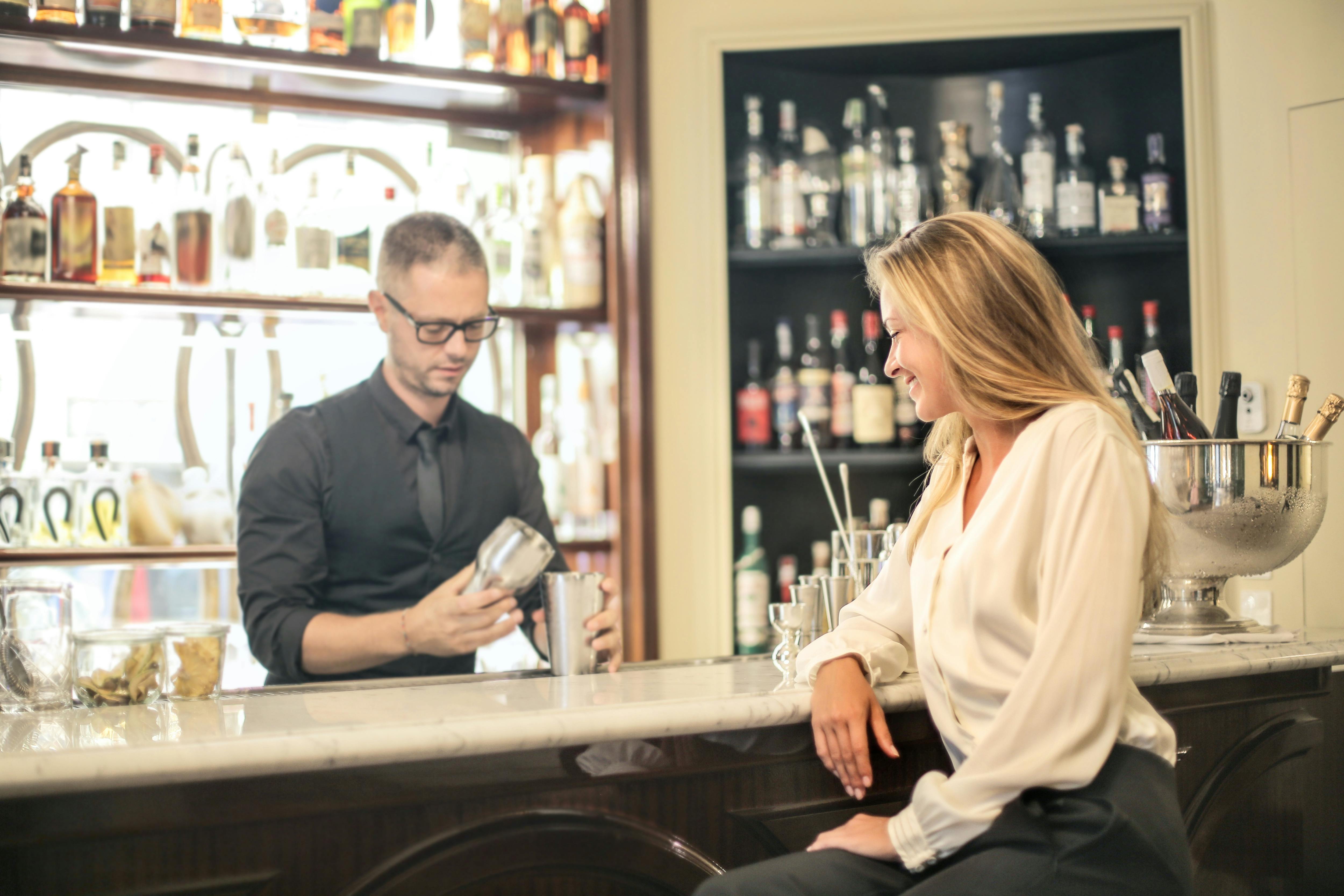Fifty years make a difference for Sam Oni
Every semester I finish my history courses by asking students to look forward to fifty years and imagine having grown children and perhaps grandchildren. The next step is to imagine what changes might have occurred. Is there something that you value enough to dedicate your life to to make the world change for the best of half a century from now?
The past few years have marked the fiftieth anniversary of key events in the Civil Rights Movement. I remind students of the sacrifices made by large numbers of students and adults in the 1950s and 1960s to achieve a world of more racial equality than most Americans believed possible in the days before.
Several people in Georgia are now honored for their leading roles. In 1961, Hamilton Holmes and Charlayne Hunter entered the University of Georgia as a result of a court ruling. Soon after, Rufus Harris, president of Mercer University, began looking for a way to voluntarily join Mercer University, a private school funded by Georgia Baptists. This resulted in the admission of Sam Oni of Ghana, a product of the Baptist mission field, in 1963. The University of Georgia and Mercer University recently celebrated the fiftieth anniversary of those events as a major step forward in the history of those institutions.
One point that has received little attention is that Sam Oni is an African who played an important role in the American Civil Rights Movement. He participated in several renowned historical events and met some of the most famous leaders. Today it remains relatively unknown, even as the number of Africans has increased significantly in Atlanta and the surrounding communities.
Sam arrived in 1963 after a year-long battle with Baptists for admission to college. He was assigned a room in the freshman dorm with popular basketball player Don Baxter, who was a ministerial student. About fifty yards down the street from the dormitory was Tatnall Square Baptist Church on the university campus. His first visitor was the pastor of that church who came to tell him that he would be rejected if he tried to visit their church. Don and Sam went to another church in town that most of Mercer’s teachers attended and sought membership. Sam was chosen to be voted on. It took three votes before the open opponents were defeated. However, Sam never felt welcome when he attended church there.
Fast forward fifty years. Over Valentine’s Day weekend, Amy-Jill Levine gave a series of three lectures at Brenau University in Gainesville, Georgia. The series was sponsored by a variety of Protestant churches in the city along with the university. Sam had met Levine a few weeks earlier when she was lecturing at Mercer University and they quickly became good friends. I invited Sam to attend Brenau’s conferences, to attend my church on Sunday morning, and then go to lunch with Levine at the Episcopal Church in town.
These events took place in a city known for its political and religious conservatism. A few years ago, Gainesville was the heart of a Congressional district that was identified as the most conservative district in the United States. Today it is still very conservative, but it also includes a growing population of retirees who come from all over the eastern United States. The main Baptist church in the city was one of the main sponsors of the conferences that featured a Jewish scholar speaking about Jesus.
I waited in the Great Presbyterian Church. Sam joined me for a short business meeting in a large social room before Sunday school, which provided an opportunity to introduce him to many people. I can’t speak to how Sam felt, but the warmth and enthusiasm of the greetings from the people I knew comforted me inside. Then we attend the class I teach and feel even more welcome. As we entered the traditional morning service, we saw an African family in the congregation, about six young black children sitting with other children for their special part of the service, and an African-American family visiting. These families and my friend Sam were treated as warmly as anyone who walked through the church doors would be treated.
My history students live in a world where they see people of all ethnicities around them in restaurants, public transportation, churches, wherever they go. They have no idea what it was like to have separate toilets and seating areas to protect whites from contact with blacks. This is a big change from the situation fifty years ago. The change was the product of the sacrifice of many people, including my friend Sam. My hope is that they too get into something that changes the world for the better, as was seen in the treatment of Sam Oni in a southern church for the last time. Sunday morning.
